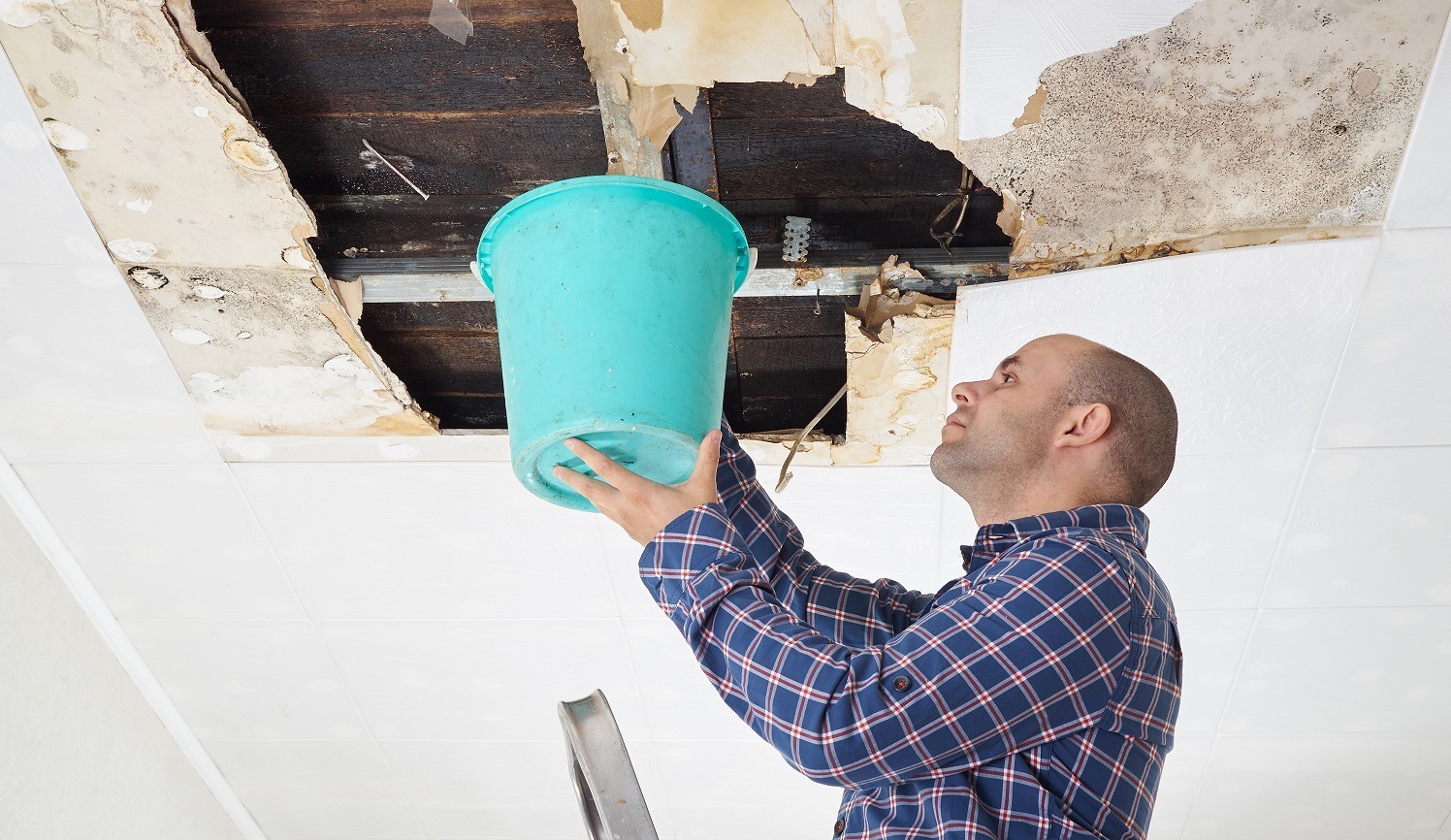What're your thoughts on What You Can Do At Home To Prevent Fire And Water Damage?

Water provides life, yet water breach on some components where it's not supposed to be can result in damage and hassle. In addition, homes with water damage smell moldy and old.
Water can come from many resources like typhoons, floodings, burst pipelines, leakages, as well as sewer issues. If you have water damages, it's much better to have a working knowledge of safety and security preventative measures. Here are a few guidelines on just how to manage water damages.
Do Prioritize Home Insurance Coverage Coverage
Seasonal water damage can originate from floods, seasonal rains, and wind. There is additionally an event of an abrupt flood, whether it originated from a faulty pipe that instantly bursts right into your residence. To protect your residence, obtain home insurance that covers both acts of God such as all-natural tragedies, and also emergency situations like broken plumbing.
Don't Forget to Turn Off Utilities
When calamity strikes as well as you're in a flood-prone location, shut off the main electric circuit. Shutting off the power prevents
electric shocks when water is available in as water functions as a conductor. Don't forget to shut off the main water line valve as a way to prevent more damages.
Keep your furnishings stable as they can relocate around and also cause added damages if the floodwaters are obtaining high.
Do Keep Proactive as well as Heed Climate Notifies
If you live in a location plagued by floodings, stay prepared and also positive at all times. Pay attention to the news as well as emptying cautions if you live near a body of water like a creek, river, or lake.
Don't Ignore the Roof
Your roofer must take treatment of the faulty rain gutters or any various other signs of damages or weakening. An inspection will stop water from moving down your walls as well as soaking your ceiling.
Do Pay Attention to Small Leaks
There are red flags that can attract your focus as well as suggest to you some weakened pipelines in your house. Indications of red flags in your pipes consist of bubbling paint, peeling off wallpaper, water touches, water stains, or trickling noises behind the walls. Fixing as well as inspect your plumbing fixed before it results in enormous damage to your home, financial resources, and also a personal problem.
Do Not Panic in Case of a Burst Pipe
Keeping your presence of mind is vital in a time of crisis. Because it will stifle you from acting fast, panicking will just worsen the issue. Panic will likewise provide you additional tension. When it comes to water damage, timing is crucial. The longer you wait, the more damages you can expect and the most awful the results can be. Right away closed off your main water shutoff to reduce off the source as well as protect against even more damages if a pipe bursts in your house. Disconnect all electrical outlets in the area or switch off the circuit breaker for that part of your home. Lastly, call a reliable water damage reconstruction professional for aid.
Water gives life, however water breach on some parts where it's not meant to be can result in damages as well as inconvenience. In enhancement, homes with water damage odor old and also stuffy.
Seasonal water damage can come from floodings, seasonal rains, as well as wind. Indications of red flags in your pipelines include bubbling paint, peeling off wallpaper, water streaks, water spots, or trickling sounds behind the wall surfaces. If a pipe ruptureds in your residence, instantly shut off your primary water shutoff to cut off the source and protect against even more damages.
Some Do's & Don't When Dealing with a Water Damage
DO:
Make sure the water source has been eliminated. Contact a plumber if needed. Turn off circuit breakers supplying electricity to wet areas and unplug any electronics that are on wet carpet or surfaces Remove small furniture items Remove as much excess water as possible by mopping or blotting; Use WHITE towels to blot wet carpeting Wipe water from wooden furniture after removing anything on it Remove and prop up wet upholstery cushions for even drying (check for any bleeding) Pin up curtains or furniture skirts if needed Place aluminum foil, saucers or wood blocks between furniture legs and wet carpet Turn on air conditioning for maximum drying in winter and open windows in the summer Open any drawers and cabinets affected for complete drying but do not force them open Remove any valuable art objects or paintings to a safe, dry place Open any suitcases or luggage that may have been affected to dry, preferably in sunlight Hang any fur or leather goods to dry at room temperature Punch small holes in sagging ceilings to relieve trapped water (don't forget to place pans beneath!); however, if the ceiling is sagging extremely low, stay out of the room and we'll take care of it DO NOT:
Leave wet fabrics in place; dry them as soon as possible Leave books, magazines or any other colored items on wet carpets or floor Use your household vacuum to remove water Use TV's or other electronics/appliances while standing on wet carpets or floors; especially not on wet concrete floors Turn on ceiling fixtures if the ceiling is wet Turn your heat up, unless instructed otherwise

Hopefully you liked our part on 5 Home Safety Tips To Reduce The Risk Of Fire And Water Damage. Thanks a ton for taking a few minutes to browse our piece. Loved our write-up? Please share it. Help others check it out. Thanks a lot for your time spent reading it.